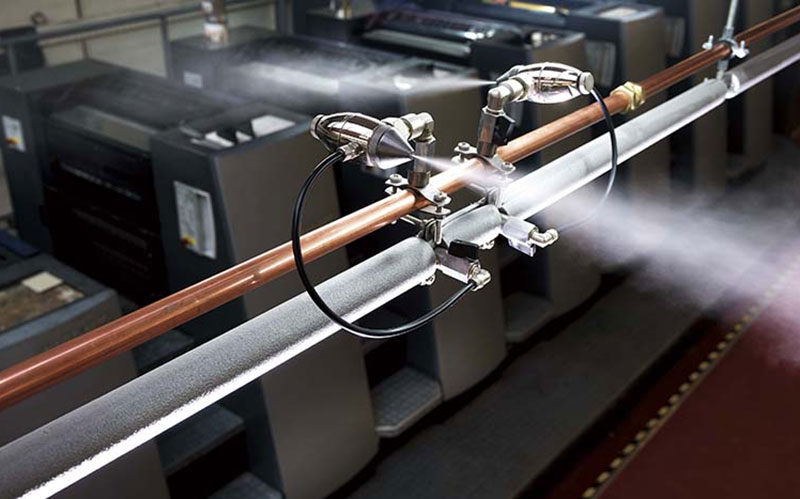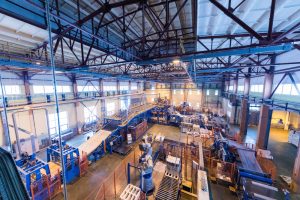Industrial humidification systems
In many production and storage processes, facilities that have humidifiers or misting mechanisms could make a difference in the competitive issue in the business sector. They are detailed topics and so elementary that they can determine substantial savings in the operating costs of any company, in the United States and the globalized world.
There are mechanisms that, by the mere fact of functioning, are capable of safeguarding the most complicated industrial processes, and at the same time, generating significant savings in money and energy. Fogging or humidification systems also have the function of improving working conditions, no matter how strenuous they may be.
The temperature management of industrial humidifier
Industrial humidifier can provide is tailored to multiple applications in any sector. Take as an example the food sector, which ranges from the storage of inputs to the conservation of the final product.
To begin with, humidifying fruits, vegetables, fish, meats, and cheeses is essential to preserve their freshness. Since many of these foods are composed mostly of water, it is easy for them to become rapidly dehydrated due to undesirable conditions in the environment, causing evaporation due to the difference in temperatures between the food and the medium. In that sense, what an industrial nebulizer does is maintain the constant humidity value, to efficiently counteract any possible dehydration of food.
The same goes for seafood since fish and shellfish are made with 70% water. So, the cold rooms must be up to date, with good humidification or misting systems. Likewise, an advantage of these mechanisms is the control of odors that could be unpleasant for workers and diners, especially those in adjacent rooms.
 Whether with high pressure or ultrasonic systems, the industrial humidifier within the food industry provides many advantages, such as avoiding dehydration, loss of product weight, maintaining bright colors and high freshness, comfortable temperature for staff, and promoting fruit ripening. and vegetable, increased sales due to product quality, and energy savings, among others.
Whether with high pressure or ultrasonic systems, the industrial humidifier within the food industry provides many advantages, such as avoiding dehydration, loss of product weight, maintaining bright colors and high freshness, comfortable temperature for staff, and promoting fruit ripening. and vegetable, increased sales due to product quality, and energy savings, among others.
A lot of product decline occurs within the wine industry, precisely due to the imbalance due to evaporation between the materials that exist. Wood, being a highly hygroscopic material, changes its morphology due to humidity fluctuations in the environment. It is essential to keep it as balanced as possible, through humidification and desiccation.
Dryness in wine cellars or any other beverage stored in wood
If significant dryness is perceived in wine cellars or any other beverage stored in wood, there is a risk that it will dry out and open at its joints, compromising the entire product. The industrial humidifier is responsible for regulating humidity naturally, avoiding economic losses, and even maximizing profits, all with optimal energy savings.
In general, industrial humidification/fogging systems will always be required in sectors and areas that require a constant supply of humidity, controlling it to safeguard the manufacturing and storage processes.
It is also a question of performance and work productivity, due to the high rates of thermal stress that workers usually suffer. The investment in industrial humidifiers will be amortized in several ways, starting with energy savings, since these systems represent savings compared to other types of air conditioning; Amortization will also be visible when labor productivity increases; The return on investment will be seen when all production and storage processes generate the expected quality returns and even exceed expectations.
Therefore, it is important that industrial fogging and humidification mechanisms are adopted by essential business sectors for the economy, such as paper mills, tanneries, textiles, tobacco factories, greenhouses, lumber, graphic arts workshops, electronics, food industry, and concrete sector, paint, and the same air conditioning.
The solutions are varied, no matter the size of the industry, from small, and medium-sized areas or an entire large complex that needs humidity applications by sector. The important thing is to achieve a humidity control solution with a precision close to 100%.




